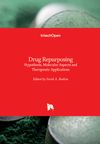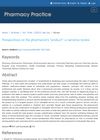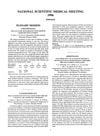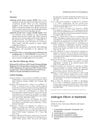Using Risk Analysis to Guide Changes to Compounding Formulas
August 2017
in “
Journal of Pharmacy Practice and Research
”
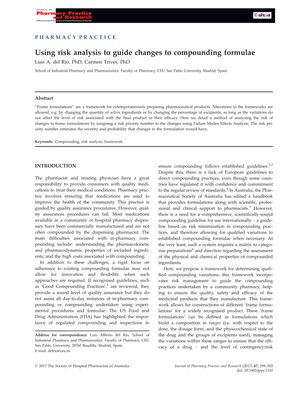
TLDR Risk analysis is important for safely adjusting pharmaceutical formulas while maintaining their quality and effectiveness.
In 2017, Luis A. del Rio and Carmen Trives highlighted the significance of risk analysis in the modification of compounding pharmaceutical formulations, particularly "frame formulations." They introduced a method to assess the risk of changes by assigning a risk priority number through Failure Modes Effects Analysis (FMEA), which evaluates the severity and likelihood of impacts from alterations to the formulation. The study underscored the necessity for robust compounding guidelines that permit qualified adjustments to established formulae while minimizing risks. The proposed system is designed to preserve the quality, safety, and efficacy of medicinal products by managing variations within predefined limits. The document also stressed the importance of understanding the physical and chemical properties of medications and excipients, and the distinction between critical and noncritical components of prescriptions. The authors advocated for pharmacists to maintain the integrity of frame formulations and adapt prescribed formulas without increasing uncertainty, thereby enhancing the prediction of product quality. Additionally, the document encouraged pharmacists to perform pharmaceutical development studies to better comprehend product performance and to evolve pharmacy practice by using standardized methodologies for formulating and updating frame formulations in line with scientific progress.
